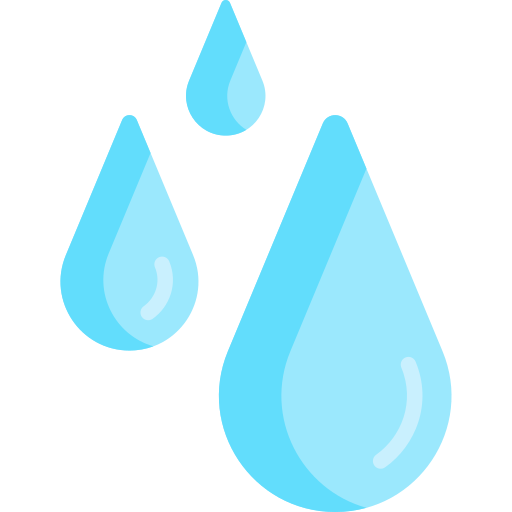" The 'green' buildings are leading the way to more sustainable and efficient urban planning "
" The 'green' buildings are leading the way to more sustainable and efficient urban planning "
" The 'green' buildings are leading the way to more sustainable and efficient urban planning "
To evaluate a building's sustainability, LEED certification establishes a points system based on various sections, which we will review below, related to design and construction:
Location and transport : Do not build in environmentally sensitive locations and provide publics transport to reduce private car use.
Sustainable sites : Protect and maintain the natural habitat, reduce pollution and the use of natural resources and facilitate interaction with nature.
According to data from the United Nations (UN), in 2050 around 68% of humanity will live in cities. These represent only 3% of the planet's surface, but consume 78% of energy and produce 60% of greenhouse gas emissions. For this reason, in 2016 the UN itself improved the New Urban Agenda to advise countries on their urbanisation processes and make cities more habitable, inclusive, healthy, resilient and sustainable.
CHARACTERISTICS

As opposed to the commuter towns that were the result of the Industrial Revolution and the developmentalism of the 20th century, the new trends in urban planning include the construction of eco-neighbourhoods which are urban projects that aim to reduce the impact on the environment and change the living habits of citizens to make them more responsible for their surroundings. The construction of buildings and other infrastructures using sustainable technologies and materials is key to this type of initiative. A green or sustainable building is a building that, because of its construction and features, can maintain or improve the quality of life of the environment in which it is located. To do this, it is essential to achieve a high level of efficiency: reducing the consumption of energy, water and other resources minimises pollution. The LEED certificate (Leadership in Energy and Environmental Design) is the internationally accepted official recognition that establishes whether a building deserves to be considered sustainable.


Efficient use of water : Minimise the use of water during construction and provide mechanisms to reduce the building's water footprint.
Energy and atmosphere : Reduce energy consumption, use renewable energy and increase energy efficiency to reduce pollution.
Materials and resources : Incorporate recycling systems, use sustainable materials and save as many resources as possible during construction.
Regional priority : Achieve improvements for the place where it is located in terms of the environment, social equity and public health.
Design innovation : Implement innovative sustainability strategies during its construction.
Indoor environmental quality : Address the quality of the space for its occupants, such as air cleanliness, thermal control and noise pollution.
SOME OF GREEN BUILDINGS
SOME OF GREEN BUILDING
Beitou Public Library, Taipei, Taiwan
Parkroyal Collection, Singapur, Singapur
Museum of Tomorrow, Rio de Janeiro, Brazil

World Trade Center, Manama, Bahrain
Webmaster : Punn Charnvuthikul M.5/4 No.17
" The 'green' buildings are leading the way to more sustainable and efficient urban planning "














